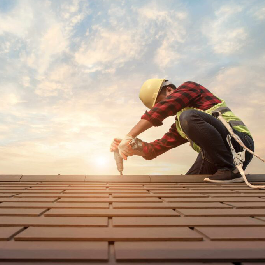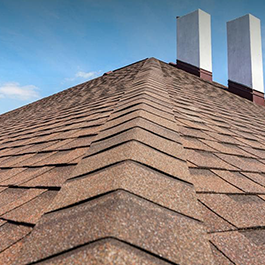Have damage to your roof?
we are there when you need us



Top Rated Restoration Consultants
Our team of professional roofing contractors is capable of handling any commercial or residential job.

We're a local company and proud to serve our community

we're a local company and proud to serve our community
1987
- Free no obligation inspections
- Work and materials are guaranteed
- We believe in safety first
01
Why We're Best
Thousands of jobs completed all over the Southeast
02
Professional Roofer
Licensed and certified using the highest quality warranty backed materials
03
Ready to Satisfy
Customer satisfaction is our top priority

The Weatherguard way- We are with you every step from start to finish

Fully licensed and insured
We have general liability and workers comp to protect client

Certified
GAF Factor Certified Master Elite Roofing Contractor

Insurance claims
Our trained staff will walk you through every step of the way

Financing
Working with several institutions so clients can finance their project
Ready to experience the Weatherguard difference?

Our Service Gives You Security
Damaged or missing shingles can leak resulting in thousands of dollars of interior damage
Weather the storm with peace of mind
You are in good hands with one of the top roofing companies in the country
We’re certified roofers and ready to satisfy

Our Service Give You Security
We are the professional roofers
Lorem ipsum dolor sit amet, consectetur adipiscing elit, sed do eiusmod tempor
We’re certified roofers
Lorem ipsum dolor sit amet consectetur notted.
Ready to Satisfy You
Lorem ipsum dolor sit amet consectetur notted.
